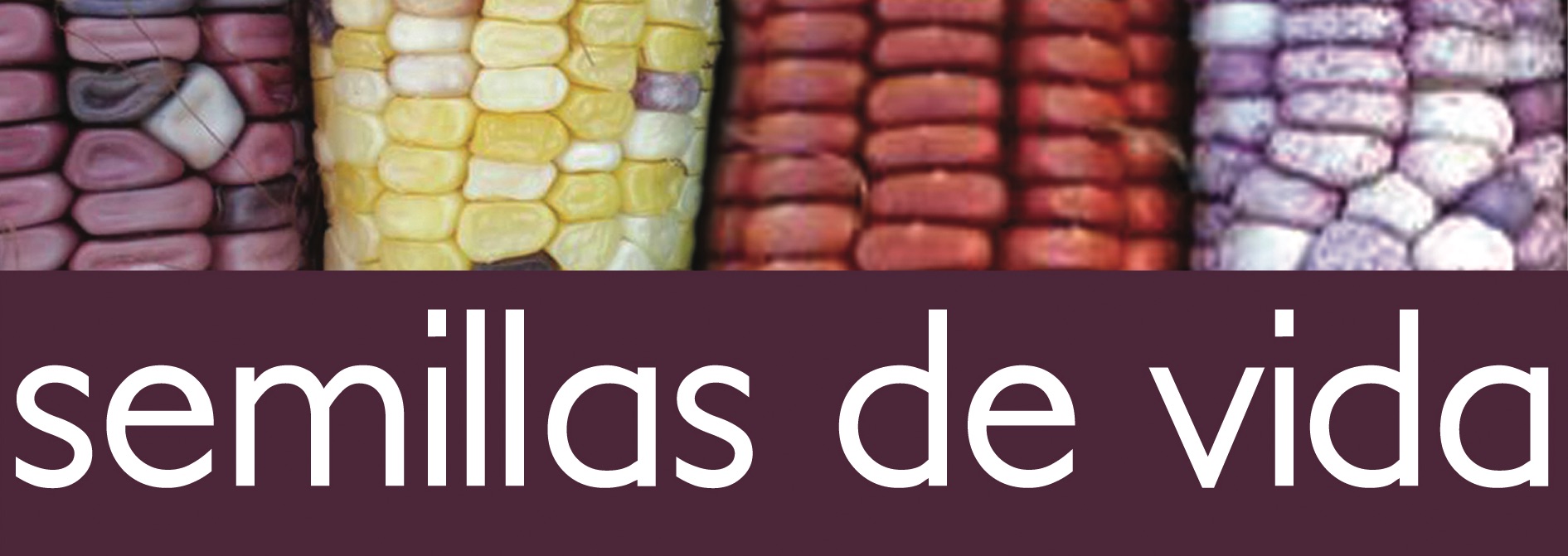Transgenic seeds are always planted in monocultures, which have resulted in the reduction of biodiversity, the increase of the incidence of pests, greater vulnerability to the effects of climate change and the decrease in food choices, in addition to requiring the use of fertilizers, because a single species is demanding of specific nutrients and there is no other species that balance the deficiency of elements such as nitrogen. Also, the use of pesticides imposes risks to human health and fosters the appearance of individuals resistant to the pesticide. For its part, the excessive use of fertilizers pollutes the water and it can also cause adverse effects to human health, as well as harmful effects to the environment.
In addition, it is essential not to forget that Mexico is the center of origin, diversification and domestication of more than 100 food species. This fact means that in the national territory are the wild relatives of the species that we now feed, but that it took between 8,000 and 10,000 years in becoming tame. That is to say, the wild relatives were selected by manos campesinas to create varieties edible that we know today. This process involved working and community coordination, as well as traditional knowledge that is passed down from generation to generation. The relevance of mentioning that our country is the center of origin, diversification and domestication lies in the fact that the transgenic plants could intersect with native plants (wild and domesticated). Thus, a likely result of this cross-linking could be the harm of native populations to extinction. Or, at least it could result in the insertion of patented genes in native populations, which in turn would result in problems of intellectual property protection. In addition, there are studies that emphasize the fact that it is not possible to a coexistence between native plants and transgenic without cross-linking, the consequences of which could include the extinction of native varieties to happen.
In contrast to monocultures can identify the make milpa. The milpa is a system that involves elements of community (non-individual) immersed in the surrounding nature to produce food based on local plants and of high nutritional quality. However, the do milpa is not only reproduce plants, is to share ways of being, seeing and thinking, or constitute what some indigenous understand as a commonality.
Recommended sources
Altieri, M. and Nicholls, C. (2005). Agroecology and the Search for a Truly Sustainable Agriculture [Agroecology and the search for an agriculture that is truly sustainable]. United Nations program for the Environment.
Altieri, M. and Nicholls, C. (2008). Scaling up agroecological approaches to food sovereignty in Latin America [Climbing the agroecological approaches for food sovereignty in Latin America]. Development, 51(4), 472-480.
Alvarez-Buylla, E., Piñeyro-Nelson, A., Turrent A., Wegier, A., Alavez, V., Milan, L., Traavik, T., Quist, D. and Nieto, J. (2013). Uncertainties, risks and hazards of the release of transgenic maize in Mexico. In Alvarez-Buylla, E. and Piñeyro, A. (Coords.), The corn in danger and the transgenic (111-163). National Autonomous university of Mexico.

